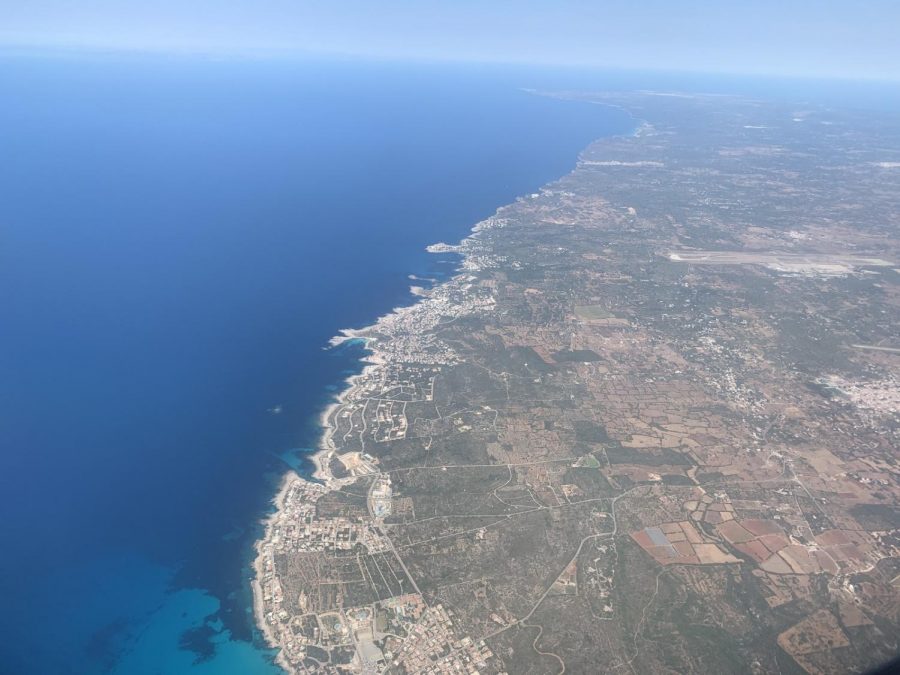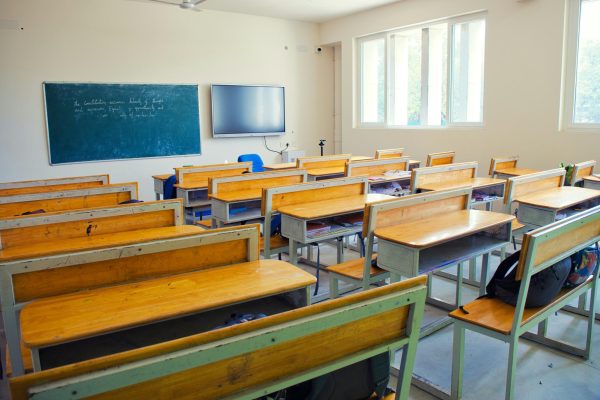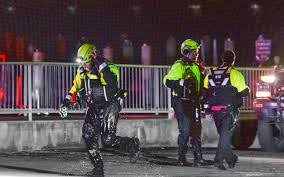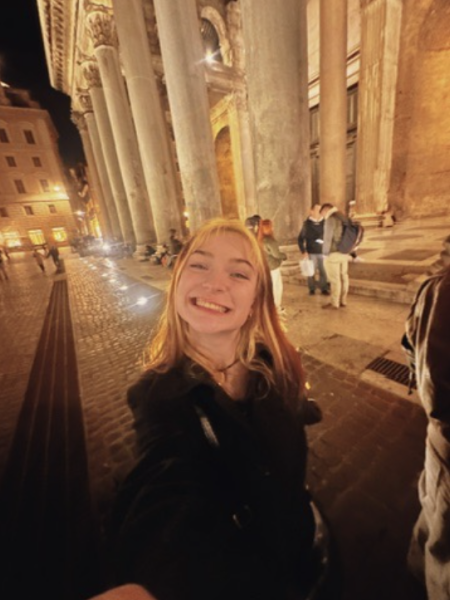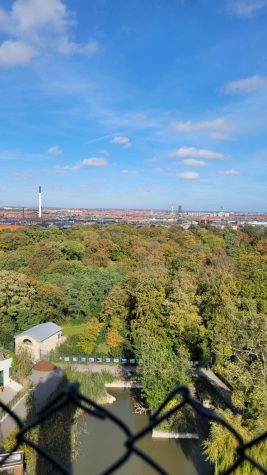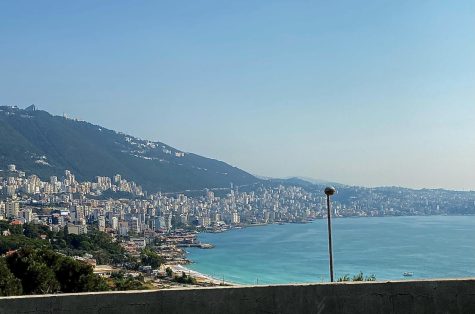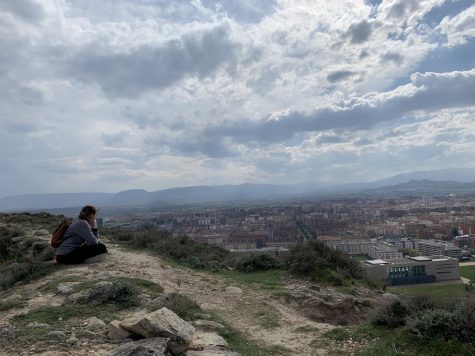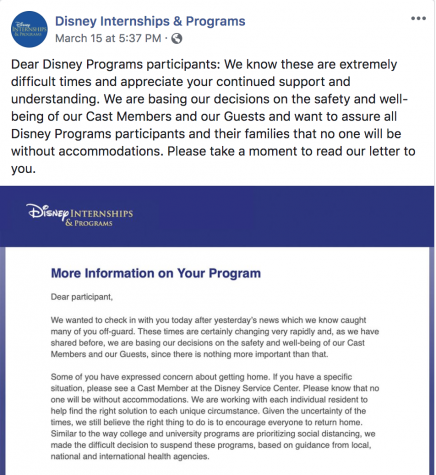My May Term In Spain: An Empowering Experience
Looking out a plane window over Menorca, I realized just how far from home I was.
I was amazed at the crushing blueness of the water, at the way the island looked small from high up but got bigger as the plane descended. There is nothing like the realization that the world is really small and really big at the same time.
Over the summer, I traveled to Menorca, a small Balearic island in the Mediterranean Sea, to participate in an archaeological field experience for an elective credit.
I was the first Moravian student to work for an elective credit with an archaeology field school called Sanisera, and I can honestly say that it was an experience that will stand out to me forever (please ignore the cliché). Sanisera is an institution that accepts students from all over the world to get practical experience in excavation sciences in a real site.
I did a lot of new things for the first time in my life: traveled alone to an island over 4,000 miles away from home, used a pickaxe, uncovered a human skull from an ancient Roman grave, tried paella, and spoke Spanish in a country where it is a principal language. While there, I made friends from all over the world (Colombia, Spain, Australia, Canada, the United States) and still talk to them today. I took over 700 pictures.
The airport in Mahón, the capital of Menorca, is very small. It was eerie to walk through the virtually empty terminal, to go outside and find empty benches, an empty road, and beyond that just vegetation. I had to ask an airport employee (in Spanish!) where I could catch a bus to Ciutadella, the city I was to study in.
The bus ride through the island was beautiful: rolling hills and small mountains rushed past as the sun was setting. I saw fences made out of irregular pieces of wood, little white buildings, and goats roaming. The cities are more like towns, based very much on community: small markets, food from the garden down the street, and everybody helping each other.
I attended Sanisera Field School, which I found out about in a school-wide email from Dr. Bardsley, my history professor at Moravian. Once I saw that I could get a credit for a May term in Spain, I was decided. The May term allowed me to experience a different place and culture (and the discipline of archaeology), but I could come home afterwards and still have time to work over the summer months.
When I arrived to Sanisera, I met my roommates and got an orientation on the history of the site.
The Romans occupied Menorca before the Muslims arrived in the eighth century, and the site was situated at the port of Sa Nitja, where many ships (carrying items the Romans commonly traded) wrecked. The site director submitted a proposal a few decades ago to dig around the land areas near the port. He found the ruins of a Roman city: graves, a basilica, amphorae. That’s what I was helping to uncover in my time there. Osteological archaeology (digging up bones, categorizing them, orienting them in the body, and doing statistical research on all the bones at the site) was my favorite aspect.
To fulfill my requirement for Dr. Bardsley’s class, I maintained a blog where I recorded my progress in the dig and the things I learned. There are day-by-day pictures of the areas I was digging. It may not look like there is much progress sometimes, but osteological digs especially demand slow and careful work. Some days I would simply “articulate,” or brush compact dirt away from, one bone in the ground for hours.
Some days I walked and ran around the island. On my adventures I met a guy walking his ferret on a leash, spoke a little Spanish with the lady at the creperie, hopped into a race that I didn’t register for, and witnessed the end of a (different) 185 km race around the perimeter of the island.
I also had time to socialize with the other students. We went out for coffee, danced at the discotecas, drank summer wine, and jumped off tall rocks into the sea. The first thing that comes to mind when I think of Menorca is swimming around the jellyfish. Jellyfish stings were annoying, but so much art in Menorca centers around jellyfish. I even saw jellyfish graffiti.
When I left Menorca, I knew I was closing a chapter of one of the most exciting experiences I ever had. Because of Menorca, I feel more empowered to do things on my own: speak up for myself, venture places on my own, participate more in my Spanish classes here at Moravian, and make decisions based on my own judgment and values.
On the day of my departure for home, I lingered in the airport with my new friends until my flight gates were closing. As the plane rose into the air, I watched the island shrink, the green and tan swallowed by the deep blue of the Balearic Sea.
The world is both big and small, and I hope that other Moravian students decide to embark on the life-changing journey that I did.


